Customer-first marketing demands you place the customer at the center of your business decisions, from campaign management to product development and other key operations. However, this is only possible when you see through the lenses of your customers. So, with reliable and accurate customer data, you can extract real-time insights into your buyer journey and understand their interactions across your brand.
Customer data analytics involves processes that enable you to interpret customer information and use the reports to create successful strategies and make informed decisions. This article reveals the basic concept of customer data analytics and its role in improving business operations. We’ve also covered other important areas, such as:
- Categories of customer data analytics
- Types of customer data analytics
- Stages of customer data analytics
Table of Contents
What is Customer Data Analytics?
Customer data analytics is a systematic process in which organizations collect and process customer data to discover valuable insights and provide indicators for making key business decisions. It also involves technologies and systems that provide real-time reports about customer preferences, interests, behavior, or brand interactions.
The reports from customer data analytics are used to identify and attract high-profit customers and develop strategies for retaining them. Businesses can use these insights to create targeted solutions for the ideal users and determine optimal pricing structures for each product or service.
Periodic analysis can also help businesses identify key insights like the best-performing marketing channel, profitable advertising strategies, ideal periods for flash sales, or locations of the most profitable customers.
Usually, companies require lots of customer data to create strategies for sales, product development, support, or marketing operations. So, they can gather this data from various sources like websites, social media, emails, questionnaires, or feedback surveys. Consequently, the reports can be analyzed to reveal critical findings about the organization’s customer base.
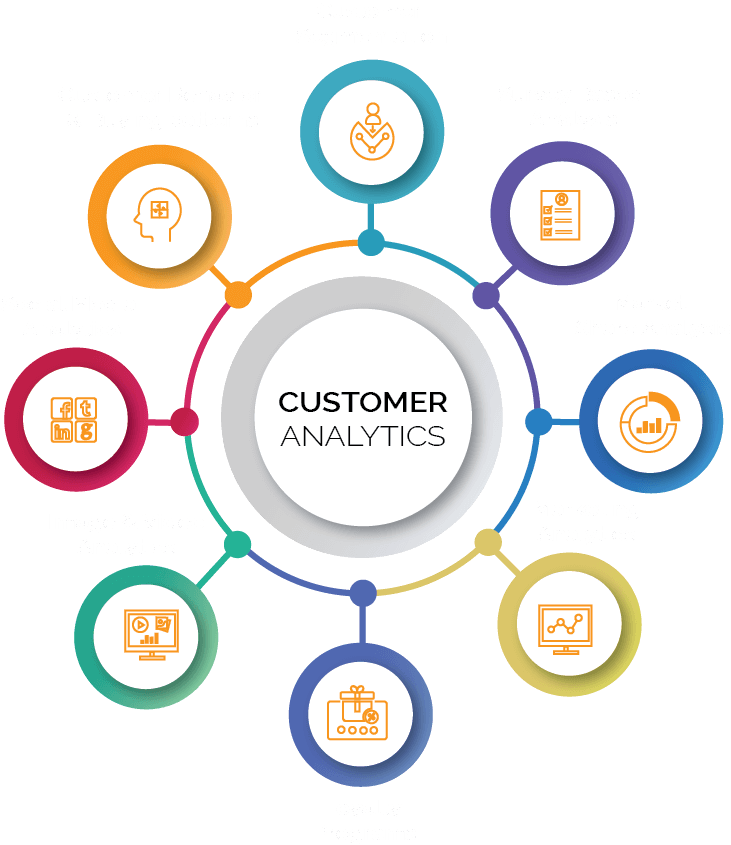
How Important is Customer Data Analytics in Influencing Business Decisions?
Customer data analytics supports well-defined techniques for creating personalized experiences and driving customer satisfaction. So, with the results of your analysis, you can adopt several processes and standards to enhance the efficiency of your operations.
Here are some reasons why you should employ customer data analytics in your business operations.
1. Identifying best-performing products or services
You can use customer analysis to determine which product or service attracts buyers the most. Measuring the impact over time can be difficult since you create different products for various reasons. For example, a product created to build awareness may perform differently from a product built to address a pain point.
However, the analysis provides specific metrics you can track that enable you to evaluate how well the product performs relative to the necessary factors. These metrics may include customer satisfaction levels, reviews, total sales over a defined period, etc.
2. Reducing customer churn
Customers can leave your business for several reasons, and if you don’t know why, you may keep losing loyal customers even when you can prevent it. Customer data analytics lets you investigate the risk factors and other limitations that hinder customers from moving on with your brand.
The insights also provide patterns and trends that allow you to spot a gap in your strategy. It tells if you’re targeting the wrong audience, offering low-quality services, using unrealistic pricing structures, or adopting poor marketing strategies.
Read also: How To Perfect Your Customer Data Governance
3. Discovering necessary updates to make
From bug fixes to new features, security updates, or performance enhancements, analyzing your customer data can help you prioritize the necessary improvements. Users respond to changes differently, so it’s essential to find out the segment of your customer that needs the update.
Product update announcement is another factor to consider before releasing the update. The methods and channels you use can affect how your customer will react to the change, so it’s important to conduct a thorough analysis to identify high-priority issues and the best solutions to offer.
Read also: Top 9 Customer Data Platforms With Pros And Cons
4. Enhancing personalization
Customer data analytics give you a comprehensive overview of your customers. Thus, you can capture different segments and groups sharing common attributes. Proper segmentation enhances personalization, and the reports from your customer analytics can help you identify strategies that appeal to your customers and are geared toward creating pleasant experiences.
Knowing your customers’ likes and dislikes, preferences, and interests allows you to craft targeted and personalized marketing campaigns to increase conversions.

5. Lowers acquisition cost
The returns you get from your customers largely depend on the resources and amount it costs you to acquire them. So, if you keep spending resources on processes that don’t add value to your business, you increase your expenses without any positive returns. However, you may never find these “unnecessary” processes without proper customer data analysis.
A thorough evaluation of your onboarding process will reveal gaps you need to fill up or strategies you may need to discard. So, with the findings, you can optimize your sales funnels, prioritize the most profitable customers, adopt marketing automation, etc. This can help you reduce your customer acquisition cost.
6. Identifying the most profitable customers
Customer data analytics helps you find and retain your high-value customers by revealing metrics like total time spent on site, type and cost of goods purchased, additional services purchased, referrals, reviews, and feedback. Also, it enables you to identify the segments and factors that contribute to increased sales (location, products, values, interests, etc.).
This analysis offers unique insights to develop useful strategies for retaining these customers, creating better experiences, and building stronger relationships.
Read also: Master Customer Data: A Guide For Customer Insights
Categories of Customer Data Analytics
Customer data analytics can be grouped under four primary categories. They include:
- Descriptive analytics
- Diagnostic analytics
- Predictive analytics
- Prescriptive analytics
1. Descriptive Analytics
Descriptive analytics allows you to use past trends, patterns, and historical data to clearly understand your customer journey and key activities within a defined time frame. It helps you identify strategies that worked and those that failed.
For example:
- A 3.6% increase in sales in Q3
- A 17% customer churn rate in February
Descriptive analytics, however, only shows what happened. It doesn’t reveal why it happened.
2. Diagnostic Analytics
Diagnostic analytics uses insights from data discovery and past trends to discover why something happened. Unlike descriptive analytics, it doesn’t only reveal what happened but also shows the source or root cause of an action.
For example:
- A 3.6% increase in sales in Q3 because of effective content marketing strategies
- A 17% customer churn rate in February due to poor customer service
Diagnostic analytics reveals the reason for a success or a failure, thus helping you optimize your processes for better performance.
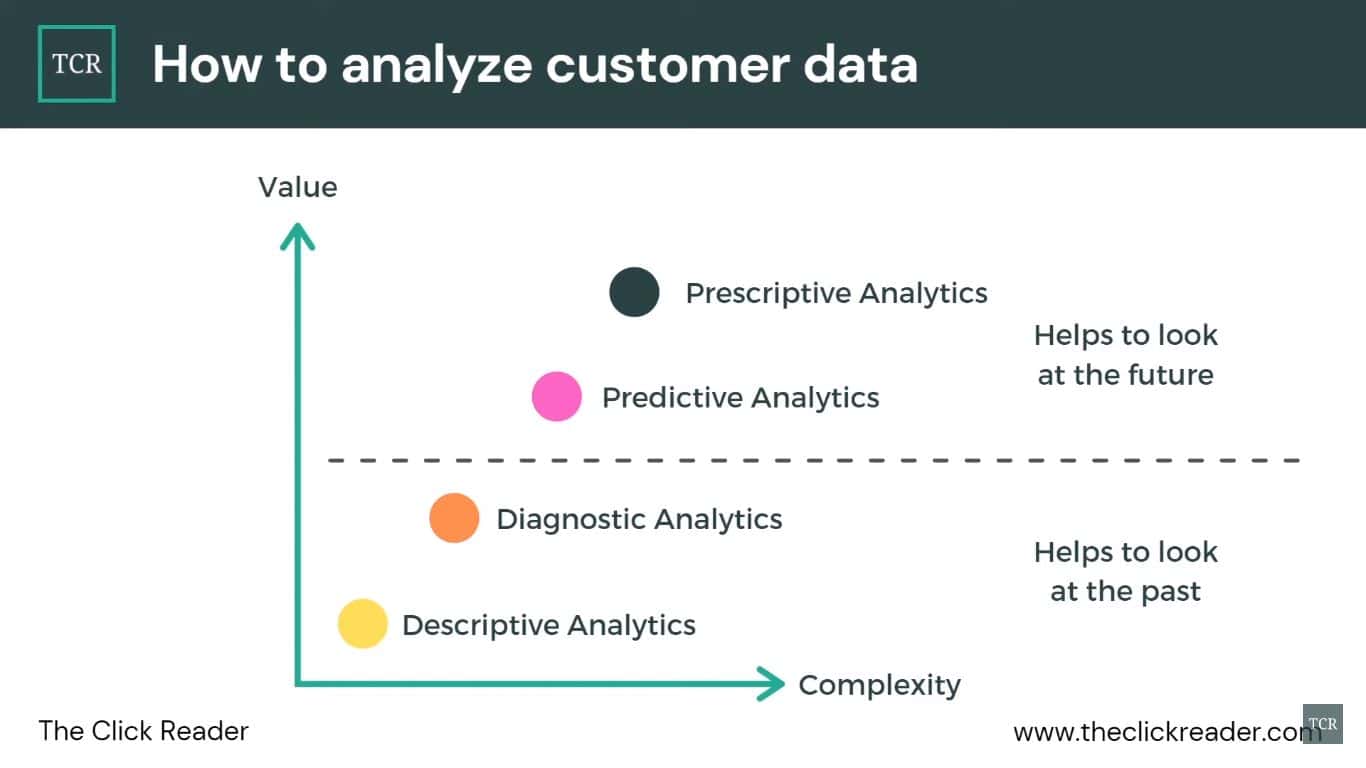
3. Predictive Analytics
Predictive analytics uses historical data and trends or patterns to predict future events. It allows you to make forecasts or foresee actions your customer will likely take using descriptive and diagnostic analytics
For example:
- An improvement in content marketing strategies may lead to an increase in sales
- Enhancing customer service operations will reduce the customer churn rate
This category of customer analytics enables you to apply proper risk monitoring to your business operations since your predictions can give you a probability of the outcome of your strategies.
4. Prescriptive Analytics
Prescriptive analytics uses past, present, and future outcomes to make appropriate recommendations. Based on the forecasts from predictive analytics, you can make useful suggestions to achieve the desired outcome and enhance your business performance.
For example:
- We need to improve our content marketing strategy
- We need to enhance our customer service operations
While predictive analytics foresee possible outcomes from several actions, prescriptive analytics recommends actions for specific events.
Read also: A Guide To Enhancing Customer Data Management
Types of Customer Data Analytics
Let us take a close look at the key types of customer data analytics.
1. Customer journey analytics
Customer journey analytics uses the journey map to track customer behavior and interactions across multiple touchpoints and channels. This data analytics shows how customers find your business, the possible obstacles, and what prevents or encourages them to purchase.
While customer journey mapping visually represents the stages, trends, and customer interactions, customer journey analytics gathers and analyzes the information from the map to streamline your processes and create strategies to keep your customers engaged at every stage.
Here’s how to conduct customer journey analysis:
- Create a journey map and identify the user personas
- Gather customer data from multiple sources/channels
- Analyze customer behavior and interactions to study patterns and trends
- Take action with the data to improve customer experience, e.g., optimize the call-to-action button, rewrite landing page copy, etc.
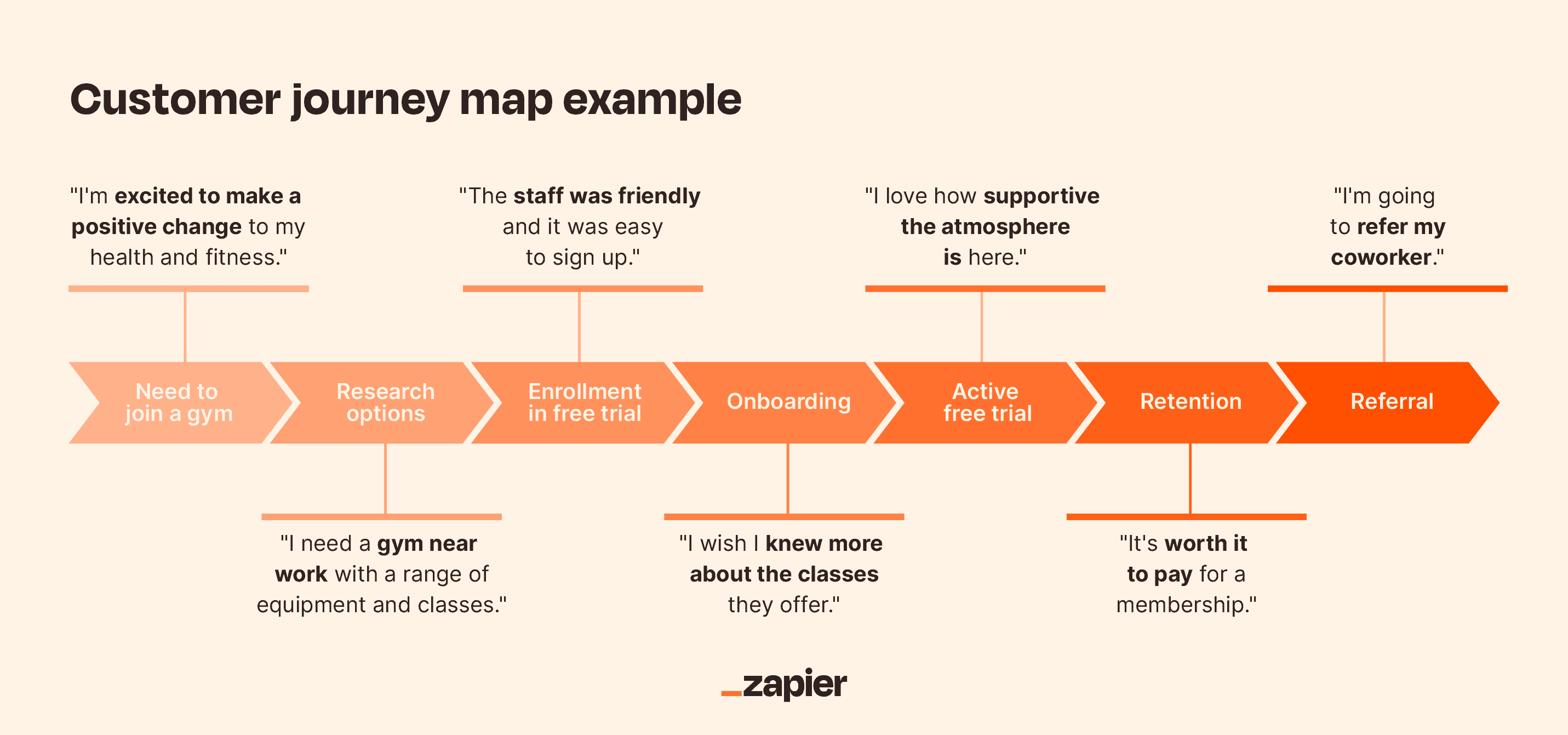
2. Customer engagement analytics
Customer engagement analytics provides valuable insights to help you understand how your customers engage or interact with your brand. It also reveals multiple contact points between you and the customers across various channels.
This behavioral data determines what appeals to customers the most and how they react to your campaigns. It also shows how customers feel about your products or services and the challenges they encounter. Engagement analytics may include social media comments, cart abandonment rate, email marketing metrics, product views, etc.
Here’s how you can conduct customer engagement analysis:
- Use specific tools to track product and website interactions
- Set behavioral triggers to track specific actions
- Use heatmaps to analyze important areas on your pages
- Create custom goals to improve your engagement rate
Read also: 10 Leading Customer Tracking Software For 2024 [Micro Reviews]
3. Customer experience analytics
Customer experience analytics reveals how customers feel as they engage or interact with your brand. It also gives you insights into the satisfaction levels and how happy they are with your products.
You can use metrics like Net Promoter Score (NPS), Customer Satisfaction (CSAT), or Customer Effort Score (CES) to evaluate the impact of your products or campaigns on your customers and the efficiency of your service team. This can help you create more personalized experiences to reduce the churn rate.
Here’s how you can conduct customer experience analysis:
- Create a journey map and identify the various stages
- Segment your customer into these stages to find out the common attributes they share
- Track their interactions with your product or site
- Conduct surveys and collect customer feedback at various stages
- Analyze the feedback to discover loopholes and missed opportunities
4. Customer retention and loyalty analytics
Customer retention and loyalty analytics provide useful insights into the number of customers that return after purchase. It also shows why customers leave or stick with your brand.
Usually, happy customers will always return to your brand, and most often, they can share positive reviews with family, friends, and others in their network. The metrics you measure show your success in maintaining repeat buyers and gaining loyal customers.
Here’s how you can conduct customer retention analysis:
- Identify at-risk customers and find out the limiting factors
- Prioritize high-quality leads
- Categorize customers into groups to identify valuable segments
- Set up retention strategies to reduce the churn rate
5. Customer lifetime analytics
Customer lifetime analytics provides useful insights into the feedback and revenue (value) you expect from loyal customers throughout their stay with your business. This enables you to find and focus on the most profitable customers.
The value of a customer over a specified time frame depends on several factors. Thus, it’s essential to identify these factors and provide useful strategies for boosting customer retention and reducing acquisition costs.
Here’s how you can conduct customer lifetime analysis:
- Personalize your onboarding process
- Use surveys to collect customer feedback
- Track customer interactions across multiple touchpoints
- Employ omnichannel support and adopt personalized services
- Reward loyal customers to retain them
6. Voice of customer analytics
Voice of customer analytics is an in-depth analysis of your customers’ challenges, pain points, and needs. Like customer experience analytics, it shows how customers feel about your products and their expectations or opinions.
This analytics tracks what customers say about your brand via survey forms, questionnaires, social media, etc. These reports’ insights also show areas in your strategy that need adjustment and improvement.
Here’s how you can conduct voice of customer analysis:
- Monitor your social media mentions
- Analyze responses after closing a support ticket
- Use CSAT and NPS to rate your performance over time

4 Primary Stages of Customer Data Analytics
Customer data analytics involves several processes; however, they can be summarized under four major phases:
- Data collection
- Data cleaning
- Data organization & segmentation
- Data analysis & activation
1. Data collection
Data collection involves manual or automated customer data extraction through all available sources or channels. Customer data can be gathered from social media, website analytics, survey forms, questionnaires, CRM systems, user interviews, heatmaps, reviews, etc.
Usually, companies collect first-party data since it’s more reliable and accurate. However, they can also use second-party and third-party data to extract valuable insights into customer interactions across multiple brand touchpoints. This data can range from basic demographic data such as name, emails, etc., to more complex website analytics like page sessions, returning visitors, or conversion rates.
Data collection is a complex process because it involves collecting both related and unrelated customer data, which is overwhelming. So, collecting the necessary data for making key decisions is important.
2. Data cleaning
Data cleaning is a critical process that involves refining the data you collect to remove errors, duplicates, or incorrect data. Usually, the data collection process doesn’t consider quality, and hence, the data may be incomplete, mislabeled, inconsistent, or corrupted. The cleaning process aims to fix these errors in your data set and ensure data accuracy.
Although having a 100% error-free database may not be possible, this process ensures your data is reliable and can be used to provide real-time reports or valuable insights into your customer behavior.
3. Data organization and segmentation
Data organization and segmentation involve arranging and grouping your data under several segments based on predefined criteria. Customer segments can be demographic, geographic, behavioral, psychographic, or any other segment under which you can place a category of customers with similar attributes.
You can improve your personalization by sorting your customer data and promoting only offers that appeal to them, thus simplifying your marketing processes and enabling you to run more targeted campaigns.
Additionally, smart segments can help you prioritize your most profitable customers. This way, you can focus your resources on customers willing to continue with your brand.
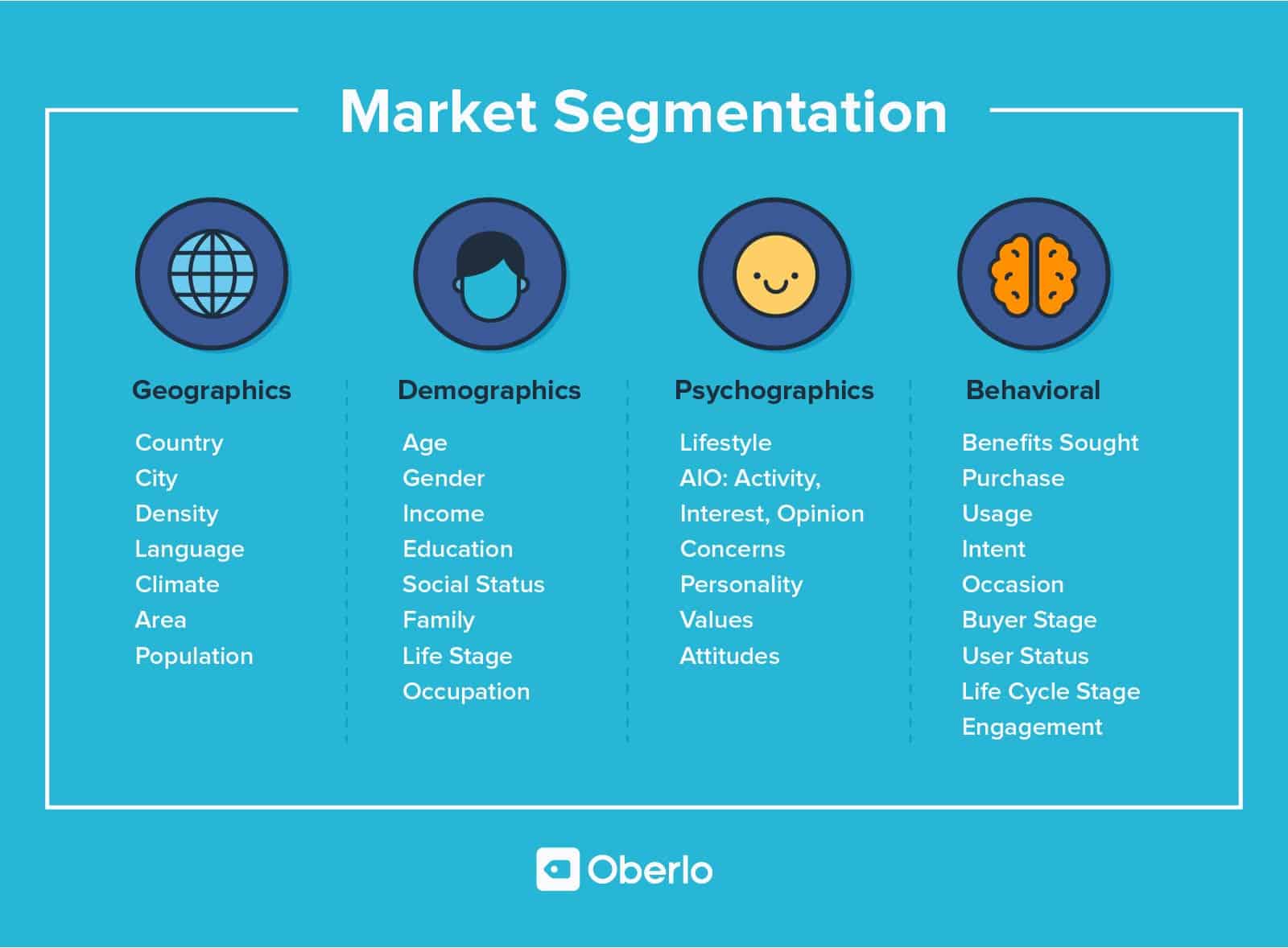
4. Data analysis & activation
Data analysis and activation involve using your data to create insightful reports and to study patterns or trends in customer behavior over time. With visualization tools, the analysis can present your data in an intuitive form using graphs, charts, maps, or other visuals. So, you can easily connect the dots and identify the root cause of certain customer actions.
Proper customer data analysis also provides valuable findings to help spot loopholes in your strategy and useful recommendations to enhance your performance. With data activation, you can take calculated actions to implement your suggestions.
Read also: Data-Driven Marketing Guide: Definition, Tips, and Examples
Bottomline: Make Smart Business Decisions with Your Customer Data
Customer centricity means factoring your customer into all business decisions, including product updates, marketing campaigns, sales strategies, or service operations. Using real-time customer data, you can understand your buyers’ preferences and interests and how they interact with your brand.
For example, if most of your customers submit a feedback form stating they don’t know how to use your product, that’s an indicator to create a help center with useful articles and guides.
Proper customer data analytics enables you to take strategic steps and actions toward improving your business operations to meet customer expectations, create pleasant experiences, and build stronger relationships.
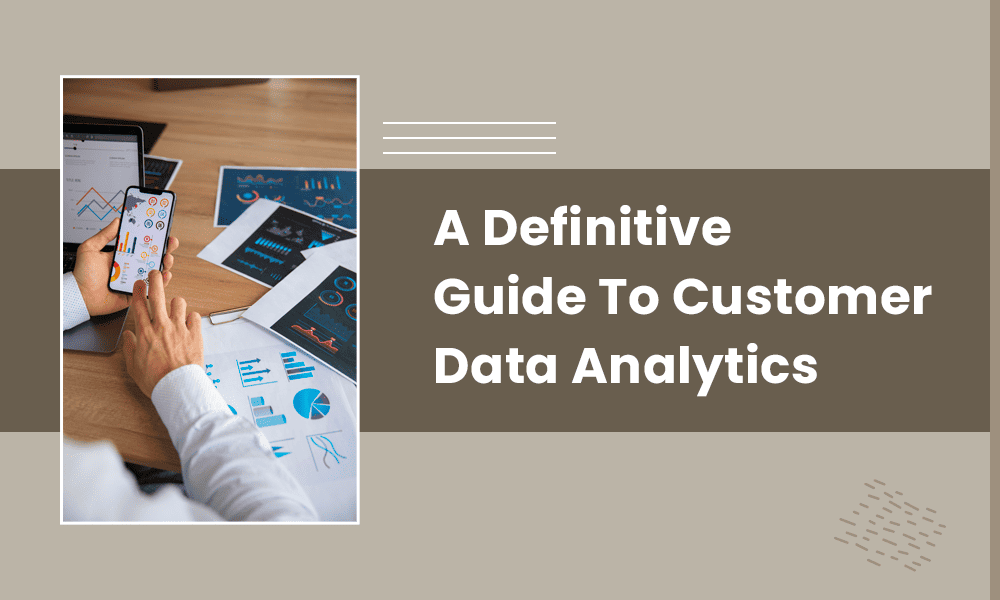
Insightful read! EngageBay’s breakdown of customer data analytics is comprehensive and valuable. Appreciate the depth of information provided.